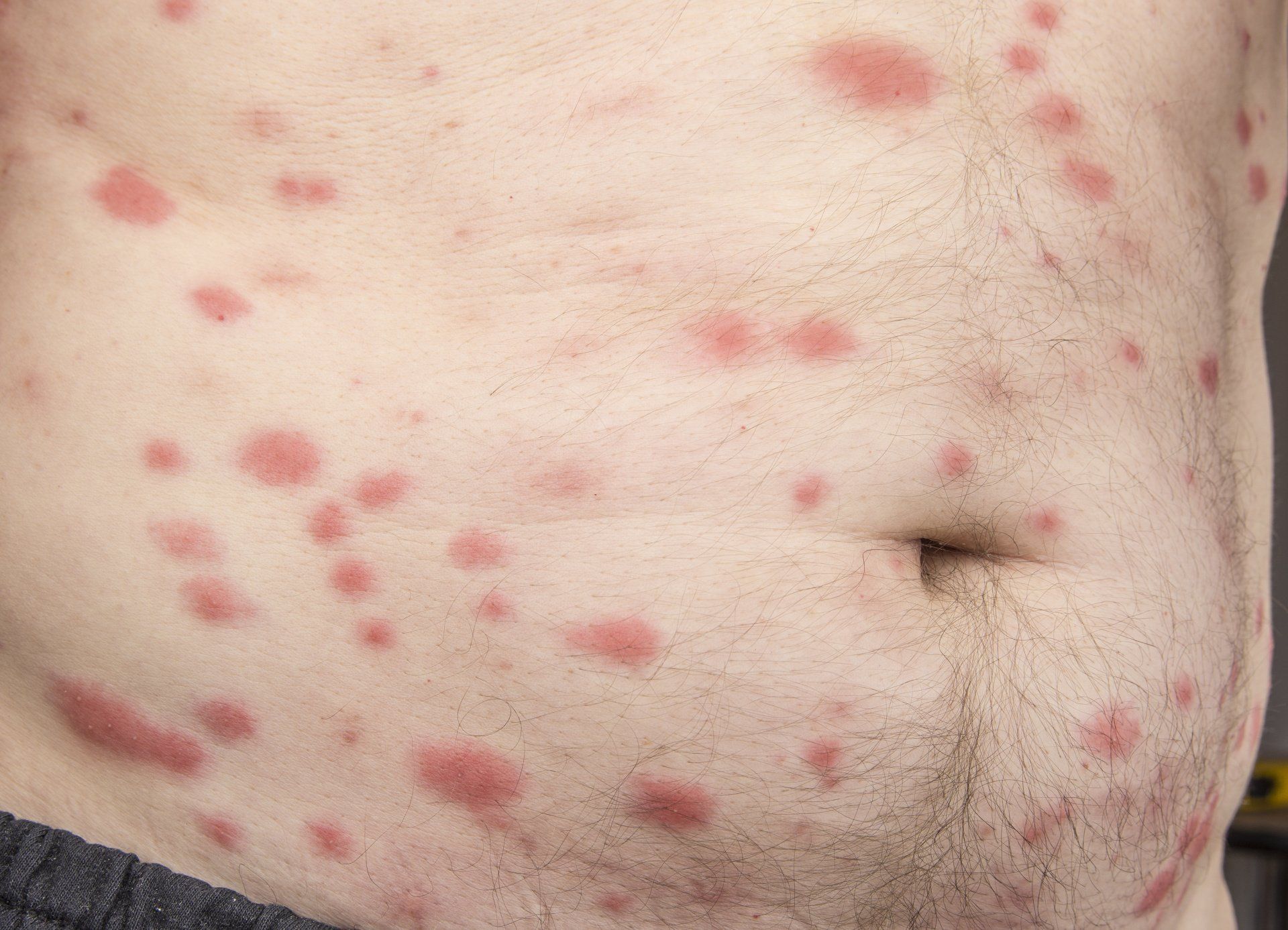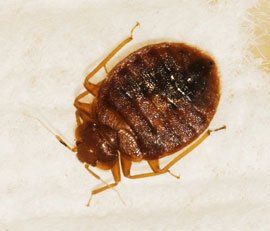Bed Bug Pest Control
What Are Bed Bugs?
Why Do I Have Bed Bugs?
Immediate Bed Bug Control
Experienced Bed Bug Exterminators
Griffin Pest Management offers bed bug control services for your home or business. Our licensed and trained exterminators have access to the most effective tools used to combat a bed bug infestation so let Griffin’s bed bug exterminators come check your property today. Call today for a free estimate.
How to get rid of bed bugs
Bed bugs are one of the greatest nuisances to humans in the pest industry. They can leave a family feeling violated knowing that they are being fed on. At Griffin Pest Management, we know how to use different bed bug treatment options effectively to ensure that bed bugs are eradicated from your home or business. Identifying signs of bed bugs early is important to successfully treating against bed bugs so Griffin offers bed bug monitoring during regular services so we can find these bugs as soon as they become a problem. We know what signs to look for and know what steps to take to maximize the effectiveness of our treatments.
If you have seen evidence of Bed Bugs call us right away and we will get an inspector out there to confirm that it is bed bugs and what type of treatment is recommended.
Griffin Bed Bug Treatment Options
Bed Bug Fumigation
Heat Remediation
Localized Treatment Options
- Conventional Chemical Treatment – If your bed bug problem was identified early and has not become a widespread problem, local treatment options may work using chemical sprays and dusts.
- Steam Treatment – A different type of heat treatment using steam can be applied to surfaces and cracks to destroy bugs and their eggs on impact.
- Encasement – These mattress and furniture covers completely seal in all bedbugs and prevent them from feeding. The recommendation is that these encasements are left on for 18 months to ensure that bed bugs starve.
- Monitoring Devices – These help to determine the level of bed bug activity by catching bed bugs in areas they are likely to be found.
Signs Of Bed Bugs
- Bed bug bites – Bed bugs feed on their prey at night which can result in itchy red welts. These welts occur when an individual’s body has an allergic reaction to the secretion the bed bugs use as an anesthetic to allow them to pierce the skin with their needle like mouths.
- Blood stains on sheets – If there are signs of small reddish-brown stains by where potential bites are occurring, this could be the result of the initial bed bug bites.
- Dark spots / bed bug waste on bedding - Areas that show tiny dark reddish and brown spotting in the corners and edges of the mattress are usually the sign of bed bugs excrements.
- Molted skins and eggs – Bed bugs molt 5 times over their life cycle before becoming mature adults so finding shed skins and eggs are a good indicator of a thriving bed bug problem.
- Musty odor – Bed bugs tend to have a musty unpleasant odor which becomes much more noticeable when an infestation gets out of hand.
- Infestations in neighboring apartments – Bed bugs are capable of traversing through wall cavities into new rooms. This means that hotels, motels, and other buildings that are dealing with a bed bug problem could mean that these pests have found their way into your room.




